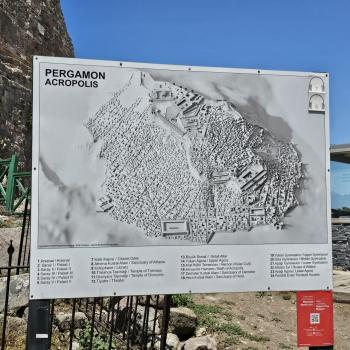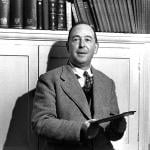Readers of this blog will be well aware how much I have enjoyed reading the medieval murder mysteries of Paul Doherty about the 14th century clerk/sleuth known as Hugh Corbett. The 17th volume I have read in the series (of 17 total thus far) is entitled Corpse Candle and it is a doozy of a mystery. What is perhaps most interesting about this particular novel is that it becomes a cautionary tale about closed or cloistered Christian communities. In this case we are talking about monastic life under King Edward at the beginning of the 14th century A.D. in England.
The novel begins with the murder of the Abbott Stephen of the famous abbey St. Martin’s in the Marsh. Since Stephen was a former soldier and friend of the King Corbett is dispatched by the King to find out who murdered the Abbott. What Corbett had not bargained for was that this was only the first of many deaths at the monastery, as monk after monk is killed in ruthless fashion, and no one can figure out who the culprit is.
What interests me most about this grim but gripping tale (one of Doherty’s better mysteries that keeps you in suspense until the end, and the ending itself proves to be a surprise) is in fact its picture of monastic life. What happens when Christians have not merely a close community and close Koine, but a closed community. We are all too familiar with the horrific story of Jonestown in Guyana, and for that matter the story of the Branch Davidians in Waco, but when a close community becomes a closed community, does it necessarily become a cult? Is it then more prone to aberrations and odd behaviors, not to mention immoral behaviors? What happens when imperfect human beings, however devout, are juxtaposed with one another permanently and made to live together cheek by jowl? Does hot house Christianity work, or does it become somehow inbred, even incestuous at times? That such communities need not go down those dark paths is clear enough from the many examples of good monks and nuns and truly spiritual abbeys and nunneries that have done much good for the Kingdom. But what is clear is that some people, however devout, are not cut out for life confined within four square walls for years and years, even if they are called to monastic life.
There is another aspect of monastic life that could raise issues. Christianity is intended to be a shared and evangelistic religion. But cloistered and closed monastic life is the opposite of this. It is inwardly focused almost exclusively. The Mass is said, and the liturgy sung at various times of the day and night, along with prayers and other worship practices. The question then becomes, is it o.k. for some Christians to ignore the Great Commission and instead concentrate on other essential aspects of Christian life? Or should the very existence of the monastery be seen as a ‘city set on a hill which cannot be hid’?
Doherty deals insightfully, in ways similar to the way Ellis Peters did, with the petty sins of jealousy and pride and backbiting and gossip that tend to infect and affect such small communities. One wonders if they ever read James’ sermon about taming the tongue. One of the best things about Doherty’s novels is he is honest and fair about the life of medieval Christians who were devout— showing both their faith and their foibles. Good historical novels provide accurate mirrors on the past and Corpse Candle does this in spades.













